World’s highest lighthouse shines in the Alps
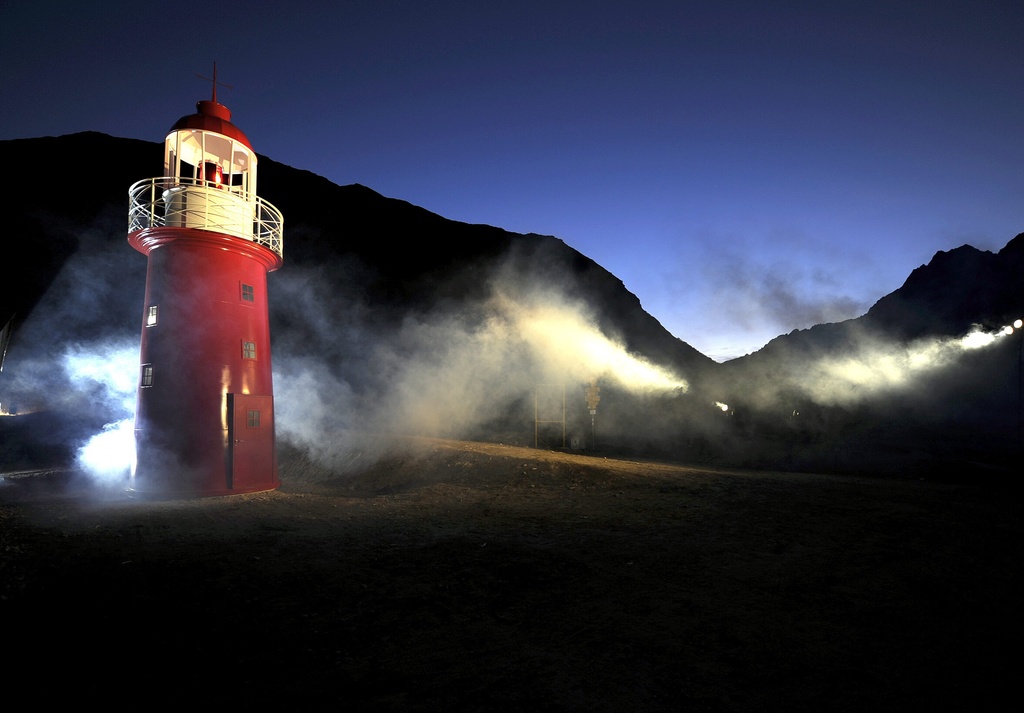
The Swiss have just set two world records: they have built the longest rail tunnel, and above it they have erected the highest lighthouse.
A lighthouse isn’t what visitors expect to see on a mountain pass – and that’s exactly why it’s there. The Disentis-Sedrun tourist office, which covers the Oberalp area, wants it to be a talking point.
The Oberalp pass, 2,046 metres above sea level, which links the central Swiss tourist resort of Andermatt with the Surselva region of canton Graubünden, lies close to the source of the Rhine, and locals are keen to make the most of it.
“People drive over the pass and they probably don’t have the faintest idea that this is where the Rhine’s catchment area begins,” Andreas Pfister, head of the building department of the local commune of Tujetsch, explained to swissinfo.ch.
“This lighthouse is supposed to send a message, so people will stop and wonder: What do they need a lighthouse here for? They probably don’t get a lot of ships.”
Rhine community
In a couple of years, if all goes well, there will in fact be a ship up here as well. The plan is to sail a Rhine barge from Rotterdam – where the river flows into the sea – to Basel, the last navigable point. It will then be cut up, transported to the pass, and reassembled next to the lighthouse, where it will be transformed into a museum.
The lighthouse hasn’t come quite so far: it was built in the central Swiss town of Sarnen, but it should look familiar to Dutch tourists, since it is a smaller copy of one from the Hook of Holland.
“We belong to a huge community. I’ve read that 50 million people live along the Rhine, and we want to give them a symbol to make them feel connected with the source,” said Pfister.
Remote
The Disentis-Sedrun area just below the pass is relatively remote by Swiss standards. Although it’s only about 80 kilometres as the crow flies from Zurich, it takes the better part of three hours to get there, whether by road or rail. The locals had great hopes that the Gotthard base tunnel – pierced on Friday – would open up what they call the Porta Alpina.
An 800-metre-deep access shaft already exists, built to take construction workers down to the tunnel. The idea was to convert the lift for passenger use and to build an intermediate station in the tunnel – incidentally, setting two new world records: for the longest lift and the deepest station.
But the plan was put on ice in 2008 – a decision which still rankles. Everyone whom swissinfo spoke to in the area, from schoolchildren to pensioners, expressed their disappointment.
Roland Bachmann of Disentis-Sedrun tourism explained that the area is not looking only at the countries along the Rhine to boost its visitor numbers.
“It’s important that this lighthouse send its light to different cantons. It is supposed to demonstrate that we are working very closely together, in tourism, in the economy and so on.”
Bachmann places great hope in the development of Andermatt by the Egyptian entrepreneur Samih Sawiris, who is building hotels, holiday apartments and sports facilities there – including the creation of a single ski area to include Sedrun.
He assured swissinfo.ch that the beauty of the mountains will not be spoiled by an influx of tourists and holiday facilities.
“We mustn’t get carried away [with our projects]. It’s essential to discuss them with the nature protection organisations,” he said.
“But we have such a huge area, all so stunningly beautiful. I really can’t imagine that it will be so overrun that the landscape will suffer.”
Local interest
Following reports in the local press and on television, the lighthouse was already attracting bigger than usual crowds to the Oberalp pass even before it was inaugurated.
A lady from the village of Rueras, just down the valley, who didn’t want to be identified, had come out of curiosity, but although she hoped it would draw more tourists to the area, she had her reservations.
“A lighthouse really doesn’t belong on top of a pass,” she said. “The Romansh-language paper said the point was to get people talking, and that’s happened.” But when asked what exactly people in her village were saying, she just laughed.
A family from Zurich – but whose roots were in the area – was more positive. “It’s a super idea,” said the father. “We’ve just explained to the children why it’s there, where the Rhine goes, where it starts. I think it’s brilliant.”
If people had taken the trouble to come and see it, perhaps it wasn’t surprising that they found good things to say. But some people were there to enjoy the countryside, and were less than impressed.
swissinfo tried to buttonhole a couple of hikers just down from the surrounding hills to ask their opinion.
“I couldn’t give a toss,” muttered the husband, and stomped off.
Vision Rheinquelle – or Rhine Source Vision – is a project by the Disentis-Sedrun tourism office.
The office is responsible for marketing the area to the east of the Oberalp Pass, where the Rhine has its source.
The lighthouse, inaugurated in the evening of October 14, is a smaller copy of one at the mouth of the Rhine in the Netherlands.
The copy was made in the central Swiss town of Sarnen, and brought to the pass by lorry.
It is about 10 metres high and has a revolving red light.
The office hopes to bring a Rhine barge from Rotterdam to the pass in 2012.
It is supposed to leave Rotterdam in May and make its way down river, stopping along the way to publicise the event.
When it reaches Basel – the last navigable point – it will be cut up and brought to the pass by lorry.
Once at the pass, it will be made into a museum.
However, the financial backing for the project has not yet been secured.
The Vorderrhein, or Anterior Rhine, is traditionally said to rise in Lake Toma, close to the Oberalp Pass, although in fact the lake is fed by a river that rises in a more inaccessible area further south.
The Hinterrhein, or Posterior Rhine, starts from the Paradies glacier near the southern border.
The two come together at Reichenau, about 10 km from the cantonal capital of Chur.
For much of its length in Switzerland it forms the country’s borders: with Liechtenstein, Austria and Germany.
It turns north at Basel and flows through Germany and the Netherlands to the sea at Rotterdam.
Barges bring cargo from Rotterdam to Basel, where it is transhipped and taken to its onward destination by road or rail.
About 50 million people live along the banks of the Rhine.

In compliance with the JTI standards
More: SWI swissinfo.ch certified by the Journalism Trust Initiative
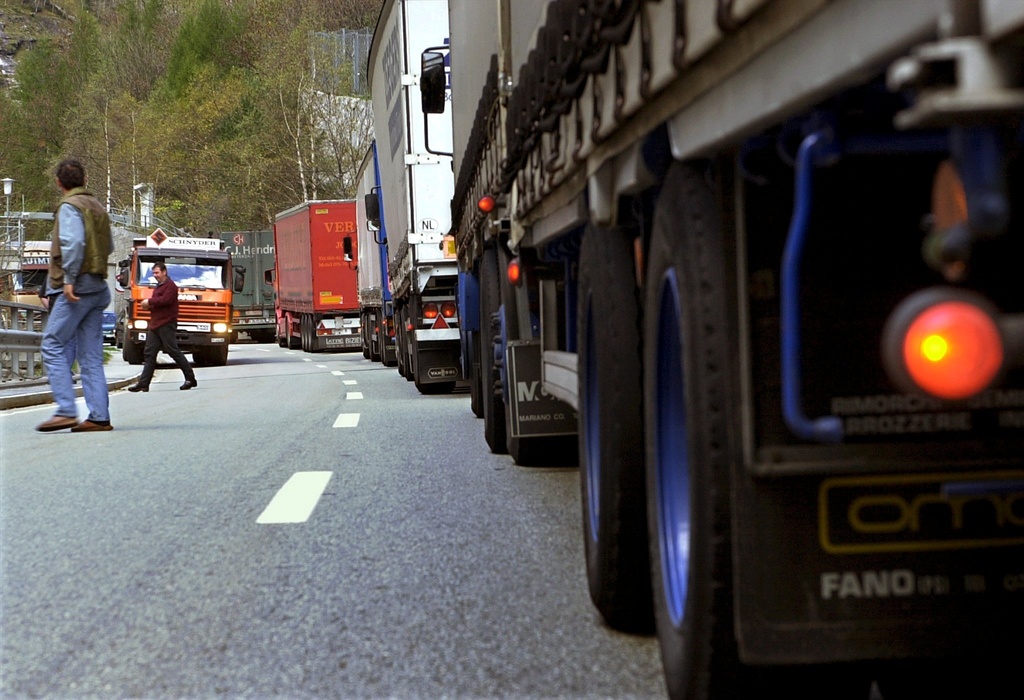
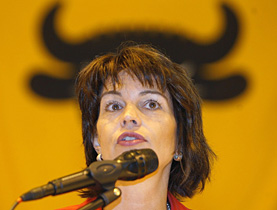
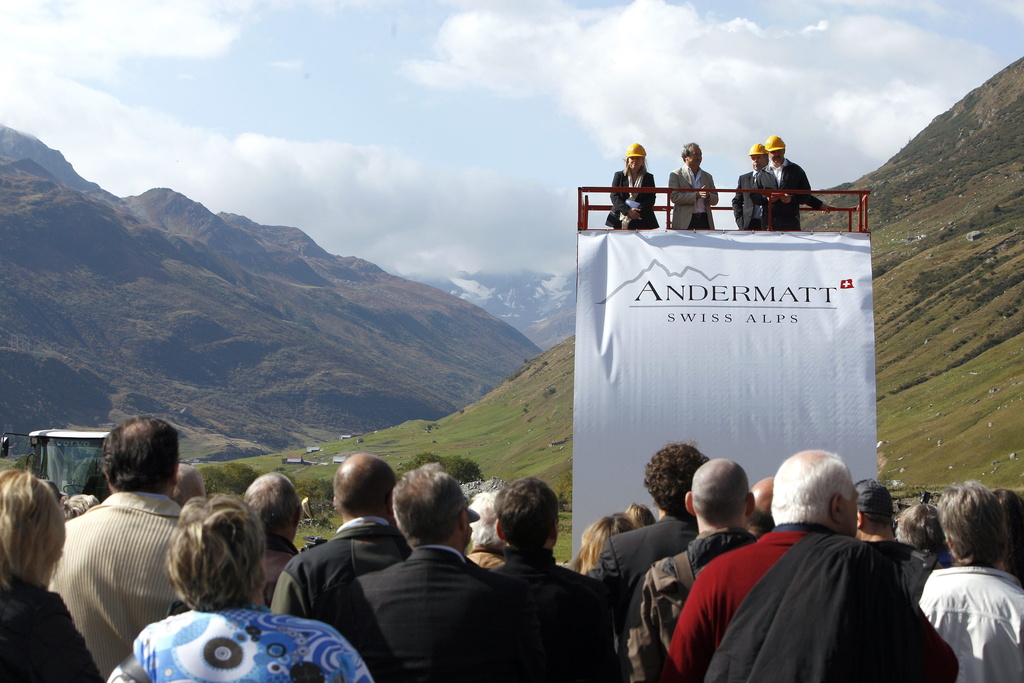
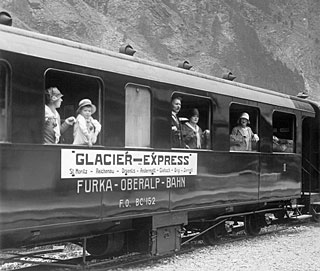
You can find an overview of ongoing debates with our journalists here. Please join us!
If you want to start a conversation about a topic raised in this article or want to report factual errors, email us at english@swissinfo.ch.